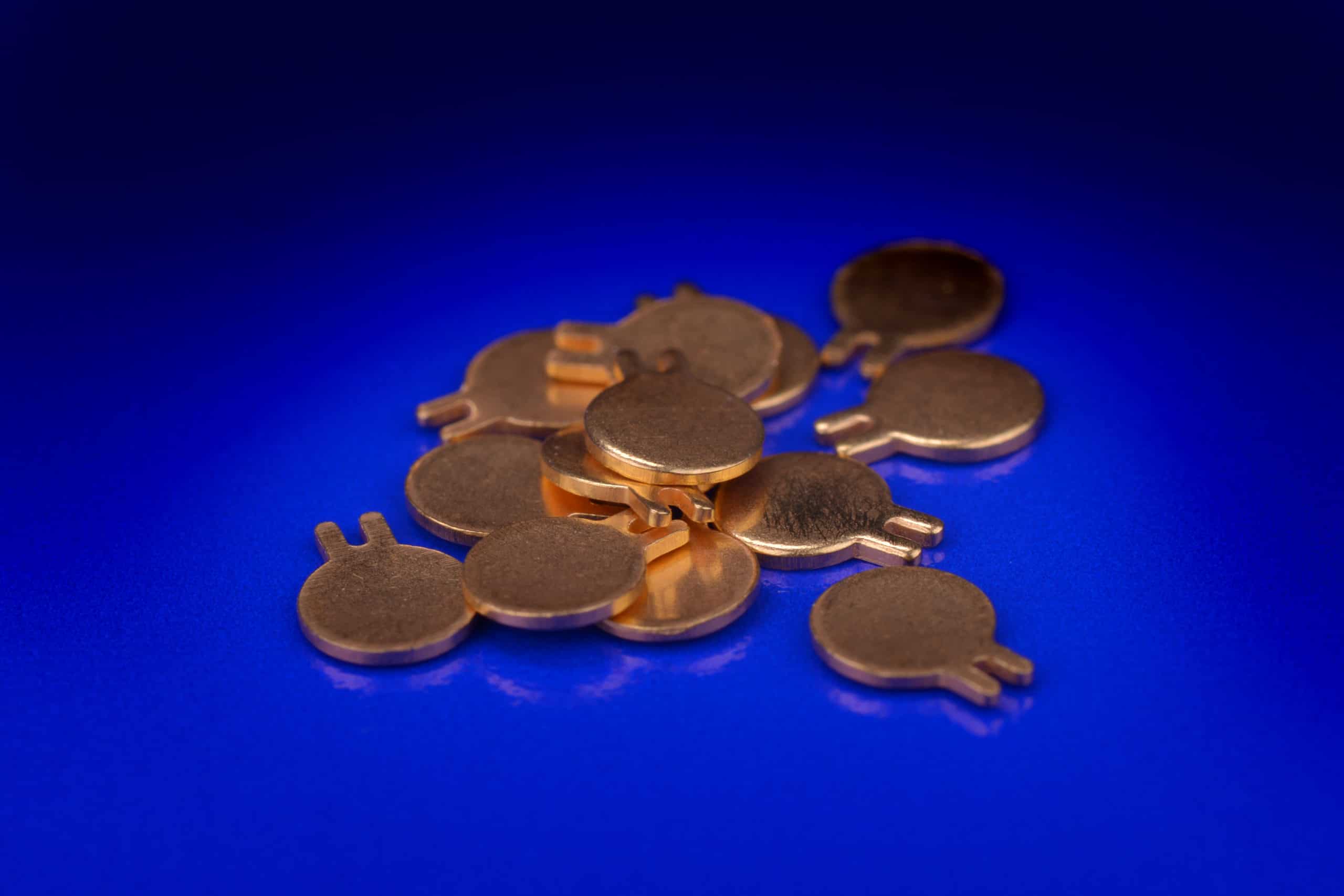I’m looking to start making my own cables. Part of this is finding the right cables, prefabricated connectors and metal choice.
As we all know gold plating is the gold standard (owning up to the pun) and there is a general consensus that like-for-like pairings are the most desirable, e.g. gold plated contacts to gold-plated receptacles. The base metal or substrate for gold plating is almost always nickel which is not a good electrical conductor.
If one spends a lot of money on copper and silver cables, is not the weakest link in the electrical chain nickel substrate under the gold plated connectors? Or is the thickness of the nickel substrate negligible so as not to affect the other high quality parts of the cable?
I wonder about gold plating in the same respect. Is it that the plating is so thin, only some microns in thickness, that it will not reduce the overall conductivity of copper and silver cables?
Because if nickel and gold do in fact interfere with the electrical conductivity of the cables then we can all stop spending money on expensive cables.
As we all know gold plating is the gold standard (owning up to the pun) and there is a general consensus that like-for-like pairings are the most desirable, e.g. gold plated contacts to gold-plated receptacles. The base metal or substrate for gold plating is almost always nickel which is not a good electrical conductor.
If one spends a lot of money on copper and silver cables, is not the weakest link in the electrical chain nickel substrate under the gold plated connectors? Or is the thickness of the nickel substrate negligible so as not to affect the other high quality parts of the cable?
I wonder about gold plating in the same respect. Is it that the plating is so thin, only some microns in thickness, that it will not reduce the overall conductivity of copper and silver cables?
Because if nickel and gold do in fact interfere with the electrical conductivity of the cables then we can all stop spending money on expensive cables.

